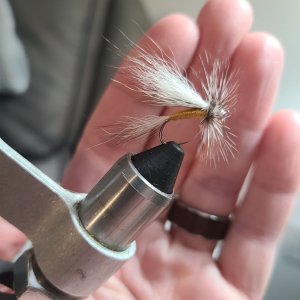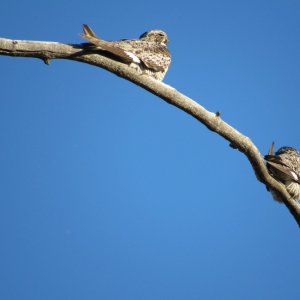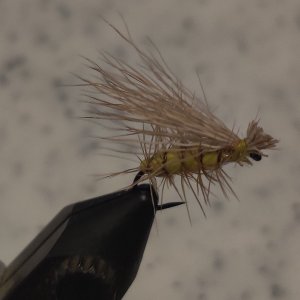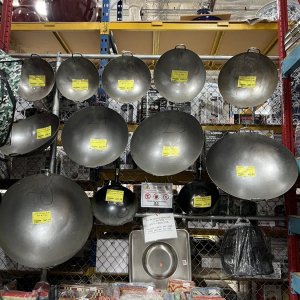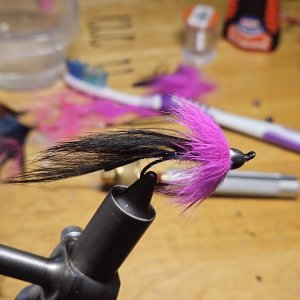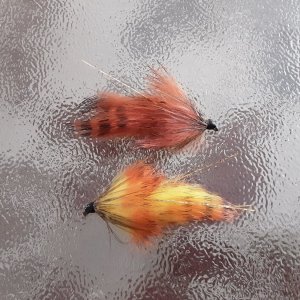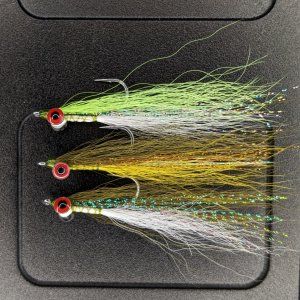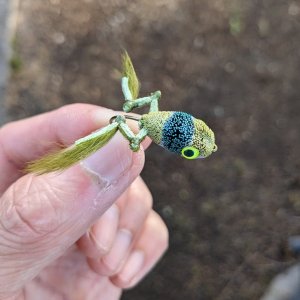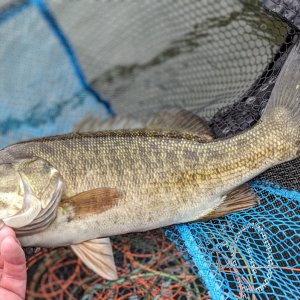While I'm sure that some folks would complain about losing bait in their salmon fisheries. That said in recent years many of the freshwater salmon anglers have had success without a bait, especially with coho and pinks. In fact, since 1996 all fisheries (game fish and salmon) on the main stem of the Stillaguamish has been with selective gear rules. It seems to remain popular with the local anglers during coho and pink seasons.Thank you for the thoughts. While I don't do much in-river salmon fishing these days I have in the past and selective gear rules would have an impact on those fisheries. Would the potential savings in what would amount to non-targeted C&R mortality during limited duration salmon seasons justify those impacts?
Setting aside that WA can do what it wants in setting restrictive regulations that go above and beyond anything mandated by the feds, just for logical consistency your post goes back to one of my original questions. If we adopt the view that O.mykiss resident and anadromous forms are indistinguishable parts of a larger population, are Puget Sound O.mykiss "threatened" under the ESA? I think of the Cedar River which has seen its anadromous O.mykiss component all but eliminated, yet last I knew its resident O.mykiss component is doing well.
More to the point if the goal is to allow the development of resident rainbow populations with individuals living to ages 8 or more the use of bait will dramatically reduce the age/maturity structure of the resulting populations. This is especially true with populations where individual fish may be caught one or more times a year. The population dynamics differences between say a 35% (bait) and 5% (selective gear) release mortality per encounters. At those higher release mortalities rates there will be significant reduction in repeat spawners and the population stability those spawners provide.
Allowing the use of bait during the salmon seasons under cuts the basic goal of reducing mortalities unless one is willing to live with significantly shorter seasons (some combination of game fish and salmon seasons). I suppose managers could continue to go down the track of only allowing fisheries when salmon are harvestable fish. I for one would like to see increase protection while allowing continued fishing opportunities. Hard to see that happening without year-round selective gear rules.
Curt

